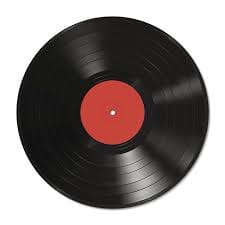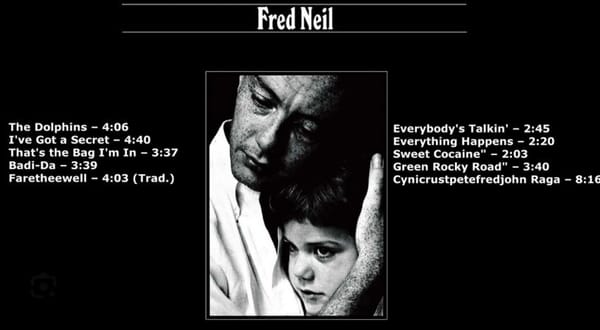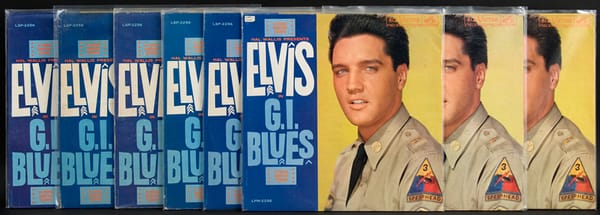Why “revisit vinyl” — and why blog about it?
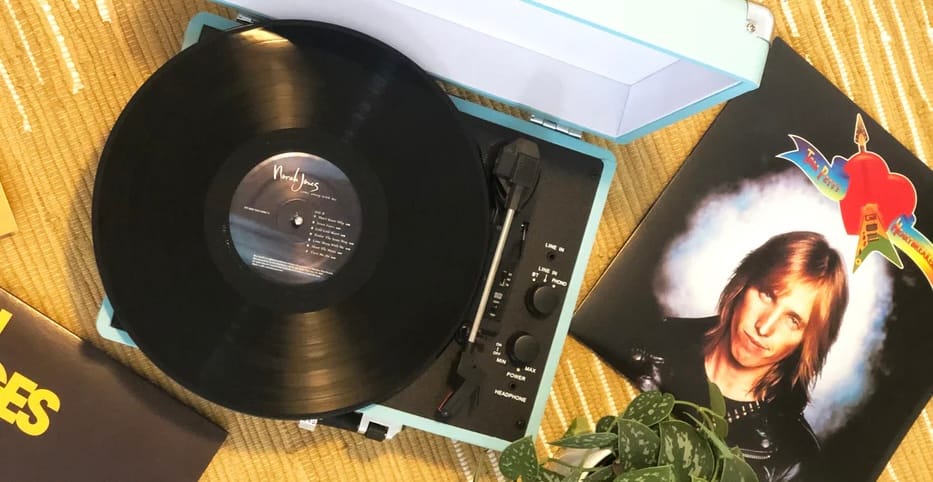
That’s a good question. Here’s my answer — I think . . . .
I remember the first time I listened to an iPod back in the early 2000s.
The small, white device was astonishing. Before that, I spent a lot of time storing and moving boxes of media — records, then cassettes, followed by CDs. They mattered to me, and I’d spent years of time and money putting them together. They were as important as my books, and I write that as someone wIt’s a PhD in American literature.
Suddenly, everything changed.
All of those albums — and ones that didn’t even exist yet but that I would go on to love when they did — could fit in a tiny white box that would slip into my pocket.
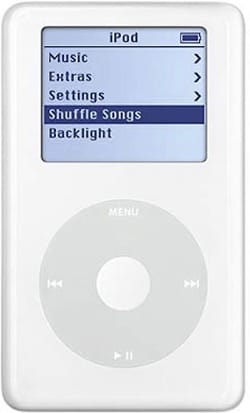
No more deciding before a trip what I thought I would want to hear. (Bruce Springsteen or Prince or Madonna or the Rolling Stones? Better take them all!) No more hours spent organizing my collection. (Should I alphabetize? Categorize by genre? Use a less-traditional strategy like color?) No more wondering if I should sell a CD because I was done with it only to buy it again later. (That would be Nine Inch Nails.)
Now, my music library was portable, comprehensive, and private. No one had to know what I was listening to. (Yes, I was a graduate student in English, but I really liked The Cure, okay? And sometimes, I liked to listen to “A Forest” on repeat — for a long time.)
After a lifetime of choosing and storing and organizing and scheming, everything was tidy.
My records and cassettes were long gone, outdated media that fit neither the times nor the technology. (Besides, I was not nostalgic for the days of repairing cassettes with scotch tape and then using a pencil to carefully tighten the thin ribbon, praying the tape would not get eaten by my car stereo. The River held up remarkably well, though, even after a tidy splice in “Drive All Night.”)
With an iPod, though, I could begin winnowing down my CD collection, too, which had taken up so much space: towers and towers of CDs, starting with “ABBA” and finishing with “ZZ Top.”
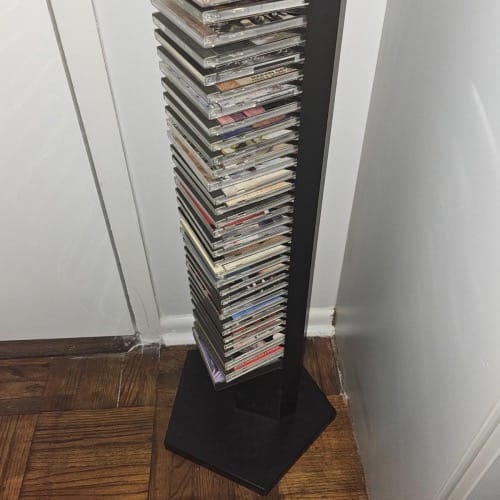
When I figured out how to upload my collection of live bootleg recordings — so much Uncle Tupelo, Wilco, Whiskeytown, and various Americana bands — to iTunes, I felt like I was set.
My three-disc CD player, complete with AM/FM radio and a double-cassette player, I boxed up and stored in the garage. Maybe I’d use it again — I didn’t know, but no one wanted it. As nice as it was, that stereo was practically an antique. Then I started culling through the discs, decided what to get rid of and what to keep with the castoffs headed to the college library.
The rare stuff and some sentimental favorites, I saved until I got my collection down to about three boxes.
That seemed like more than enough.
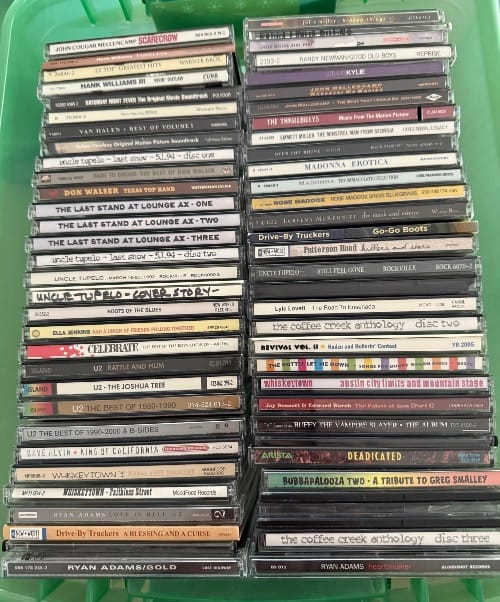
The cloud where the music was housed wasn’t something I really understood, but it didn’t seem to matter. The technology was too intoxicating. I just didn’t give it much thought, even as I abandoned my iPod for simply keeping music on my phone — even better! Another device eliminated!
And so things went until the early 2020s.
That’s when I began to understand that not owning your media had drawbacks. It limited access, which struck me as fundamentally wrong. I paid for an album, so I should own it, right? That had been my relationship to media since I bought 45 RPM records as a teenager.
It turns out, I had that wrong. Rather than buying music, I was renting it, and as any kind of renter knows, access can be removed at any time.
The larger problem didn’t hit me with music, but I first saw it with film and television as streaming services decided what would be accessible and what would not. Want to watch Silkwood or To Live and Die in LA? Too bad. They’re not available.
That’s when I understood that cloud-based media presented significant access challenges. Sometimes the services said it was about licensing. Sometimes it was about popularity. Always, though, it was really about money.
After the 2024 election, I began to consider what censorship might look like. Some communities were removing books from libraries while some media companies began to self-censor. That was when I understood the need for physical copies of media. If I wanted to control that part of my life — and I knew I did — I would have to sacrifice the convenience of the cloud and get physical copies of art I cared about.
I thought about going back to CDs. (Last winter, I hooked up the old CD player, which still sounded pretty terrific though I’m not sure I have any cassettes to risk in the tape deck.)
But something from Neil Young’s Waging Heavy Peace stayed with me: Nothing sounded better than vinyl.
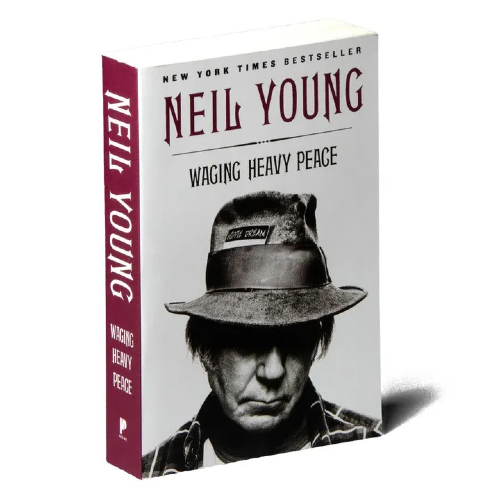
Add to that the fact that I had my own memories of vinyl that were never very far from my mind, and the choice was clear.
So I bought a record player — an Audio-Technical AT-LPG60XBT — for a lot of reasons.
It seems strange, going back — and just to be clear, I’m not cancelling my Apple Music subscription anytime soon. Look, the convenience factor is not going away.
But the vinyl, I feel like I need to collect for myself. It’s a big part of my formative memories, and as I was learning in other parts of my life, some of the most helpful answers to current problems were grounded in old ways of doing things.
This blog hopes to explore some of those relationships because writing is one way in which we understand the world — or at least it is for me.
These are grim times, but maybe there’s some hope in vinyl.
Thanks for reading —
307Renee
Revisiting Vinyl is an occasional blog that explores various topics related to music.
